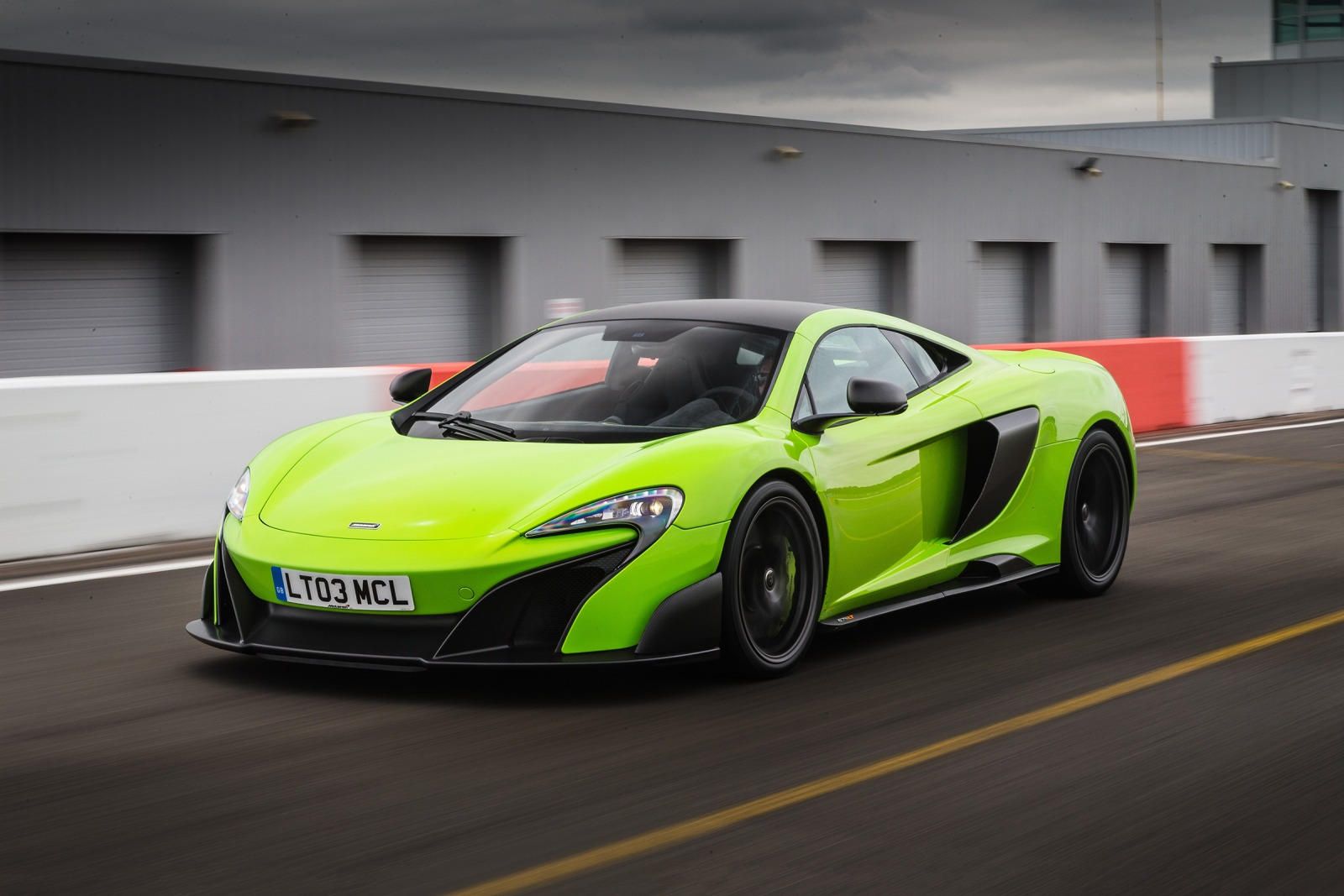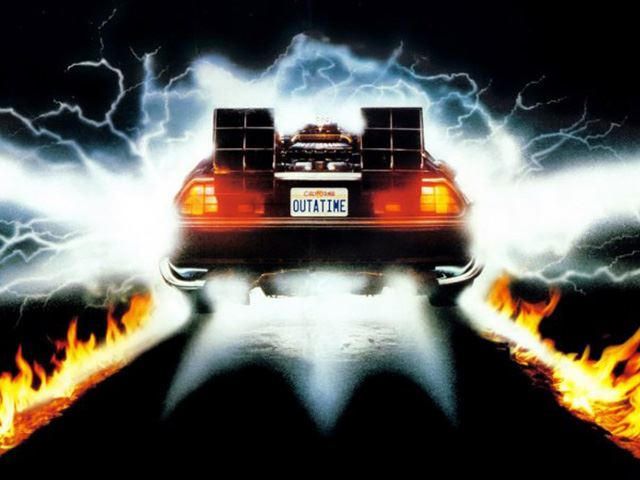
Think of DeLorean, and you immediately think of the time-travelling DMC-12 from Back to the Future. When the sequel was released in 1989, it predicted that flying cars would roam the skies in 2015. Well, that evidently didn't happen, but companies such as Toyota, Uber, Geely and Airbus are working to make flying cars a reality. Now, nearly 30 years after Back to the Future II, DeLorean is joining the race to build a real life flying car. The project is being developed by Paul DeLorean, founder of DeLorean Aerospace in 2012.
He also happens to be the nephew of John DeLorean, who created the ill-fated DMC-12 sports car. The idea probably seemed far-fetched in 1989, but advancements in technology mean that we could see flying cars become a reality sooner rather than later. Uber, for example, is planning to launch its flying car project in Dubai and Dallas in 2020. According to Wired, DeLorean has finished designing its first two-seat flying car called the DR-7 and has built two scale models. The aircraft features two sets of wings positioned in front and behind the pilot and passenger. Power is provided by two large ducted fans mounted along the center line.
The fan can tilt either horizontally allowing the vehicle to take-off and land, or vertically for forward flight. Its propulsion is all-electric, and you won't need a special license to fly one. The current scale model is 20 feet long and 18.5 feet wide, but the wings can tuck in against the side so that the vehicle can fit inside a garage. DeLorean plans to build a full-size, radio-controlled prototype in the next 12 months before testing a piloted prototype capable of carrying two passengers. For the final aircraft, DeLorean is aiming for a range of 120 miles, a cruising speed of 150 mph and a top speed of 240 mph.
That may sound ambitious considering that Airbus' Vahana project will have a range of 50 miles designed for short commutes, but DeLorean promises that the DR-7 will be capable of flying at higher altitudes and more efficiently than its competitors. Of course, how DeLorean, and indeed other manufacturers, will overcome safety concerns and air-traffic control regulations still remains to be seen.

